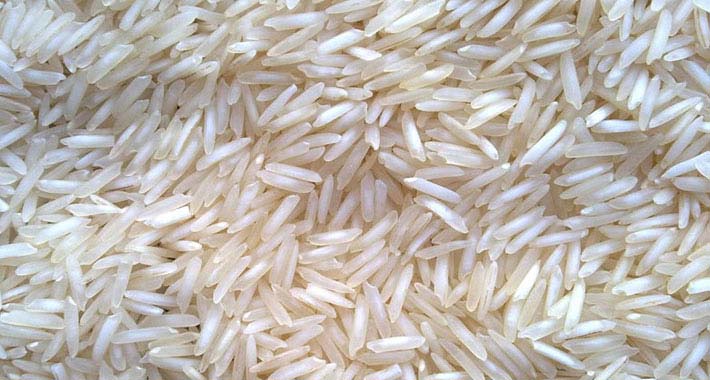Basmati exports rise for 3rd year in a row
By Neeraj Mohan
Driven by the heightened international demand and price rise, the export of basmati has been on the upswing for the third consecutive year. The ascending prices of long-grain premium basmati varieties in global markets have yielded substantial profits for traders and farmers.
The export statistics provided by the Agricultural and Processed Food Products Export Development Authority (APEDA) underline the growth trajectory of India’s basmati rice, with exports and trade steadily expanding year after year. Between the April-August periods of 2021-22 and 2023-24, the rice trade in international markets has witnessed a staggering 71 per cent upswing, generating a whopping Rs 7,620.32 crore. In the current fiscal, the basmati exports have reached Rs 18,310.35 crore, with the country exporting 20.10 lakh metric tonnes (LMT).
In comparison, the corresponding period in 2022-23, saw the basmati rice exports of Rs 15,452.44 crore, with the shipping of 18.75 LMT. Similarly, in 2021-22, India exported 17.02 LMT of basmati rice, generating Rs 10,690.03 crore. The export swelled despite a broader decline in India’s agricultural exports, attributed to the government’s restrictions on wheat, non-basmati rice and sugar exports. The All India Rice Exporters Association (AIREA) reports an optimistic outlook for global rice production, anticipated to reach 54.225 million tonnes, mainly attributable to improved yields in both India and Brazil.
Vijay Setia, the former president of AIREA, says: “Export of basmati rice is on the rise, and traders are highly active due to growing demand. We anticipate a substantial uptick this year, underscored by a surge in orders from Middle Eastern nations, signifying positive market dynamics”.
Ongoing paddy harvest in key basmati-producing states like Haryana, Punjab, and Uttar Pradesh has been particularly lucrative for basmati growers, with traditional basmati prices exceeding beyond Rs 6,000 per quintal, and other premium varieties like Pusa 1121, 1718, and Moochal fetching around Rs 4,500 per quintal. The sudden spike in Basmati paddy in grain markets of northern parts of the country followed the Central Government’s decision to reduce the minimum export price (MEP) for long-grain basmati rice from $1,200 per tonne to $950 per tonne on October 23.
The average export prices of basmati rice in international market has witnessed a sudden increase in the past one year as it has reached to around $1,050 per tonne against $850-900 per tonne in 2021 and 2022. But, the spike in export is likely to affect the basmati rice prices in the domestic market as well, as the traders are focused on exports.
This article has been republished from The Tribune

